
How to raise awareness of efficient energy use and avoid unnecessary heating costs?
High heating bills? Penalties for overheated housing? The current market situation does not fill us with optimism when we think about heating our flat, house, office or retail unit. The prices of all energy carriers are rising dramatically and the end of it seems to be a remote prospect.
Probably most of us, faced with recent energy issues, have heard about ideas for introduction of regulatory inspections and penalties for ‘excessive indoor temperature’ at home, office, or any institution. An inspection which finds premises to be ‘too warm’ may result in a fine of up to thousands of euros. A debate whether such regulations are reasonable or not is not the case in point here. Instead, let us take a look at an instrument which everyone can use to verify if their site is or would be in compliance with the indoor heating temperature restrictions.
You can agree with the statement that a deliberately reduced indoor temperature reduces energy consumption on heating, and consequently, the levels of harmful substances from exhaust gases generated by heating. This directly translates into lower bills and a reduction in our carbon footprint. Naturally, we should remember not go to extremes. According to the latest medical research, the optimal indoor temperatures for human health are as follows.
- Living room: 19-22°C.
- Bedroom: 17-18°C.
- Kitchen: 18-19°C.
- Bathroom, when bathing: 25°C maximum.
As you can see from the recommendations above, we have some headroom for managing the indoor temperature. The question is, to verify it correctly?
This is where pyrometers come to help, and one of the best out there is Sonel DIT-200. Why do we recommend this model? It can support connection to an external type K thermocouple temperature sensor. Putting it simply, an instrument like this can measure the temperature a surface from a distance and the ambient temperature at the same time, while verifying if the temperatures measured are within predefined tolerance limits. The instrument is handy and mobile, and its responsiveness is high, so that you can quickly test the temperature in other rooms on site.
Why choose a pyrometer?
Because the Sonel DIT-200 will also help you test the central heating system. More specifically: with this instrument, you can see if the radiators are air-clogged.
The correct operating scenario for a central heating radiator is when it is the warmest at the very top and the coldest at the bottom. If the middle part is warmer than the top, it is a symptom of an air clog inside. It is already an issue: an air-clogged radiator has a reduced heat transfer surface. This means the indoor space is heated with lower performance than it should be. It also increases the demand for heating capacity, or heating energy. Higher energy consumption drives the costs of operating and maintaining the building, which, in the current situation of rising prices of coal, gas, pellet or electrical power, drastically encumbers home and business budget.
What should be done about an air clog in the radiator?
Simply use a suitable wrench to open the air vent on the radiator and bleed the pesky air. It’s simple as that, and so much more. All thanks to a small instrument.
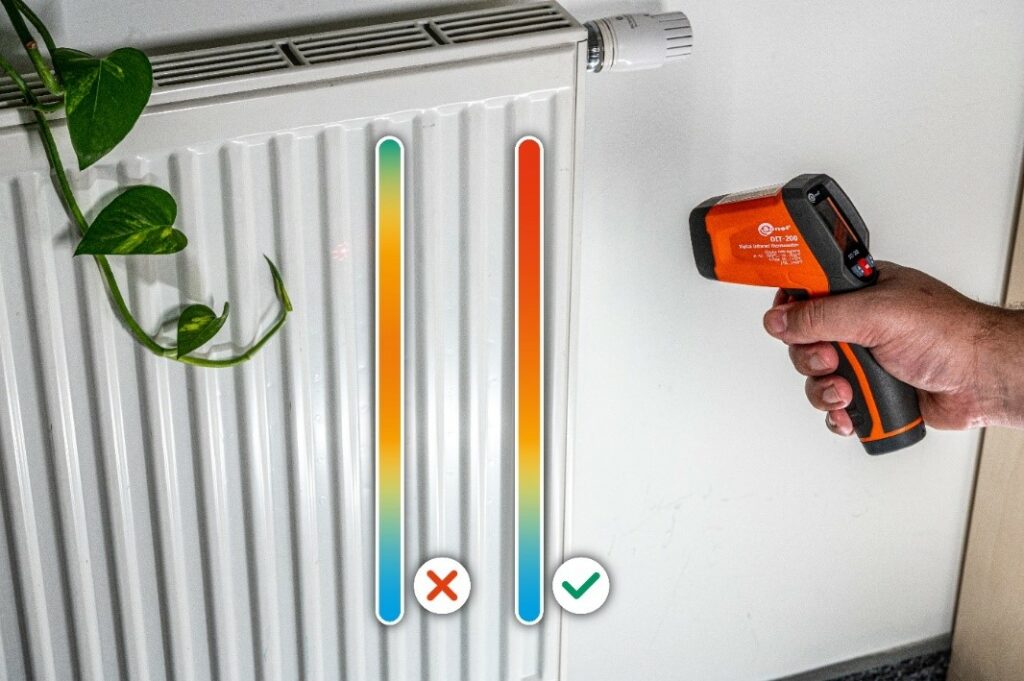
Fig. 1 With several measurements taken along the vertical, it is very easy to detect temperature differences over the surface of a radiator
The Sonel DIT-200 is a great pyrometer at an affordable price that is designed for reliable industrial use, so it will perform easily in less demanding indoor spaces of private homes.
Author: Bartosz Fijałkowski, Sonel S.A.
Products mentioned in the article:


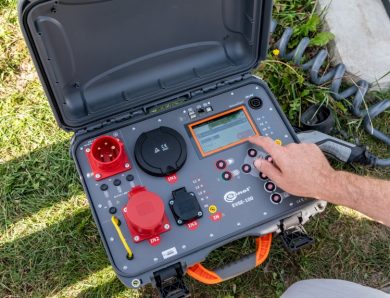
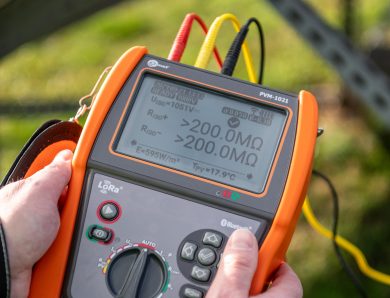
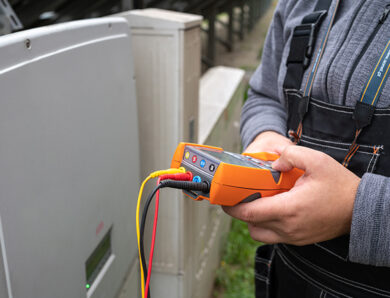
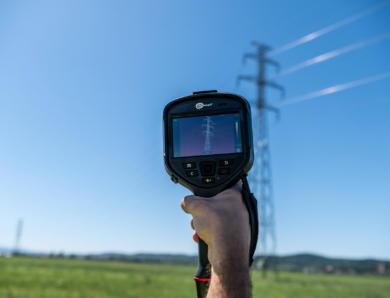
No Comment